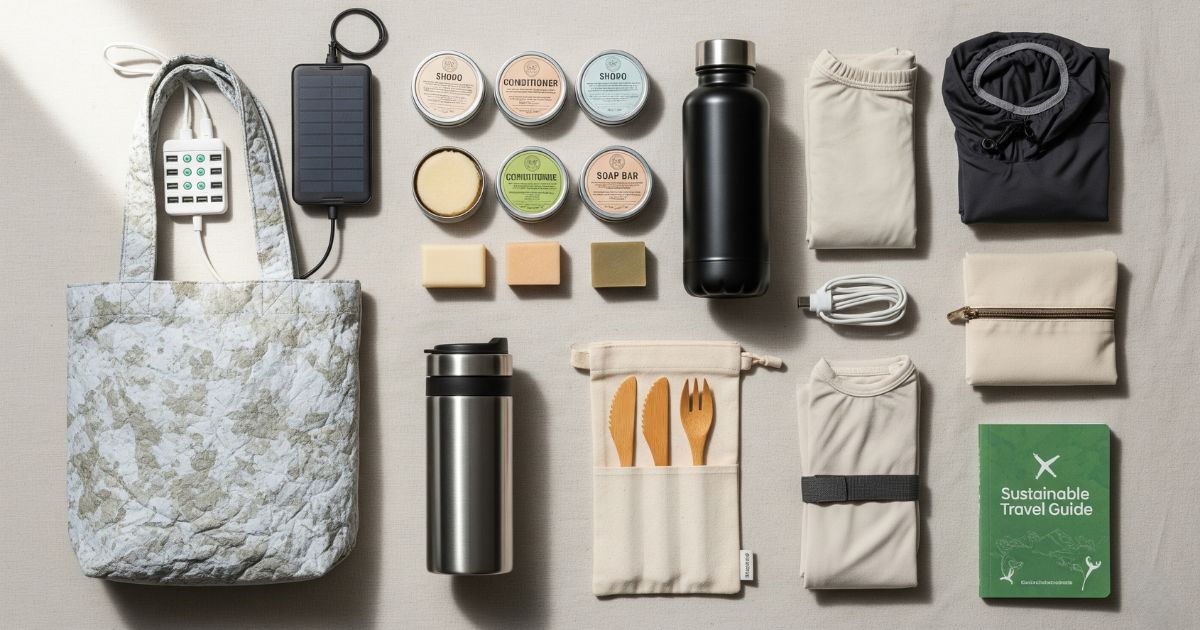
Traveling the world can be one of the most rewarding experiences, but it also comes with a carbon footprint. From the emissions generated by flights to the energy consumed at hotels, each aspect of a trip has an environmental impact. This comprehensive guide will show you how to plan a carbon-neutral vacation, empowering you to explore new destinations responsibly. You’ll learn how to calculate your travel emissions, choose lower-carbon transportation, offset the remainder, select eco-friendly accommodations, and adopt sustainable practices throughout your journey.
Understanding Carbon-Neutral Travel
Carbon-neutral travel means balancing the greenhouse gases produced by your trip with measures that remove an equivalent amount of carbon dioxide from the atmosphere. This balance can be achieved through carbon offsetting projects such as reforestation, renewable energy investments, or social initiatives that reduce emissions elsewhere. By adopting carbon-neutral practices, you not only enjoy guilt-free travel but also contribute to global efforts against climate change.
Calculating Your Travel Emissions

Before you can offset your emissions, you need an accurate estimate. Start by using online carbon calculators that consider factors such as flight distance, class of travel, accommodation type, and local transportation. Many tools, like those provided by the International Civil Aviation Organization (ICAO) or nonprofit platforms, allow you to input your itinerary details for precise results. Keep track of your emissions per leg of the journey and total them up to know how much carbon you need to offset.
Choosing Lower-Carbon Transportation
Transportation is often the largest source of emissions on a trip. Whenever possible, opt for trains, buses, or ferries over short-haul flights. Trains in Europe, Asia, and parts of South America offer comfortable, efficient alternatives. For longer distances, consider taking night trains that double as accommodations. On the ground, choose public transit, bike-sharing services, or electric car rentals instead of conventional taxis or rental cars. By prioritizing low-carbon transport, you drastically reduce your overall footprint.
Offsetting Unavoidable Emissions
Some emissions are unavoidable, especially on long-haul flights. To neutralize them, invest in reputable carbon offset programs. Look for projects certified by organizations like Gold Standard or Verified Carbon Standard (VCS). These programs finance initiatives such as tree planting, wind farms, and community cookstove installations. When you purchase offsets, you fund real-world reductions, ensuring that your journey leaves a net-zero footprint in the atmosphere.
Eco-Friendly Accommodations and Services
Where you stay has a significant impact. Seek out hotels, hostels, and lodges with strong sustainability credentials. Many properties now use renewable energy, implement water-saving measures, and purchase local, organic food. Platforms like BookDifferent and EcoBnB highlight eco-certified accommodations. You can also support certified sustainable tour operators and local transport services, further extending your carbon-neutral commitment to every aspect of travel.
Sustainable Activities and Local Experiences
Choose activities that respect the environment and benefit local communities. Guided nature walks with certified guides, wildlife conservation volunteering, and visits to cultural heritage sites that reinvest profits in preservation are great choices. Avoid activities that harm ecosystems or exploit wildlife. By selecting ethical experiences, you contribute to conservation and empower local economies while minimizing your carbon footprint.
Smart Packing for a Low-Carbon Trip

Packing light reduces the weight your transport must carry, cutting emissions. Bring versatile clothing made from sustainable fabrics, reusable items like water bottles, utensils, and tote bags, and natural toiletries free from harmful chemicals. Consider multi-purpose gadgets powered by solar chargers or hand-cranked options. With careful sustainable packing, you minimize waste and lighten your environmental load.
Leveraging Green Travel Apps and Tools
Technology can help maintain your carbon-neutral pledge. Use apps that track your emissions in real time, suggest eco-friendly transport options, and verify offset purchases. Tools like JouleBug and TripZero integrate sustainability tips and carbon ordinances into your itinerary. With the right digital resources, staying on track becomes seamless.
Embracing Slow Travel and Purposeful Journeys
Slow travel focuses on quality over quantity by spending more time in fewer places. This approach reduces frequent long-distance transfers and fosters deeper cultural connections. Consider homestays, farm stays, or multi-day trekking experiences. Engaging meaningfully with communities and nature not only enriches your trip but also aligns with carbon-neutral goals by minimizing rapid, energy-intensive travel.
Monitoring and Verifying Your Impact
After your trip, review your actual emissions and offsets to ensure accuracy. Many offset providers offer follow-up reports and certificates. Compare your initial estimates with real usage data from transport providers when possible. Sharing your carbon-neutral success story on social media can inspire others and hold you accountable. Transparency in your process amplifies the positive impact.
Conclusion and Next Steps
Planning a carbon-neutral vacation takes effort but yields tremendous rewards for both you and the planet. By calculating emissions, choosing low-carbon options, offsetting responsibly, and embracing sustainable habits, you set a new standard for eco-conscious travel. Start integrating these practices into your next adventure and watch as the world opens up to responsible explorers who care deeply about preserving it for generations to come.

















No Comments